
A mountainous region with an enormous population, Hong Kong SAR is famous for its extreme density. To cope, many high-rises are built near or on the mountains. When the urban area is only inches away from the nature, peculiar things happen. Some wild animals share space with their human neighbors. Let’s take a look at some of these urban animals.

Dense residential houses in Hong Kong. /VCG Photo
Wild boar
Known to be fierce and impulsive animals, wild boars are usually found in the mountains or forests. However, they are no stranger to the residents in Hong Kong as they visit the city often and somehow manage to get along peacefully with humans. These creatures can grow to two meters in length and weigh 200 kilograms.

An unexpected encounter. /VCG Photo

A wild boar family. /VCG Photo
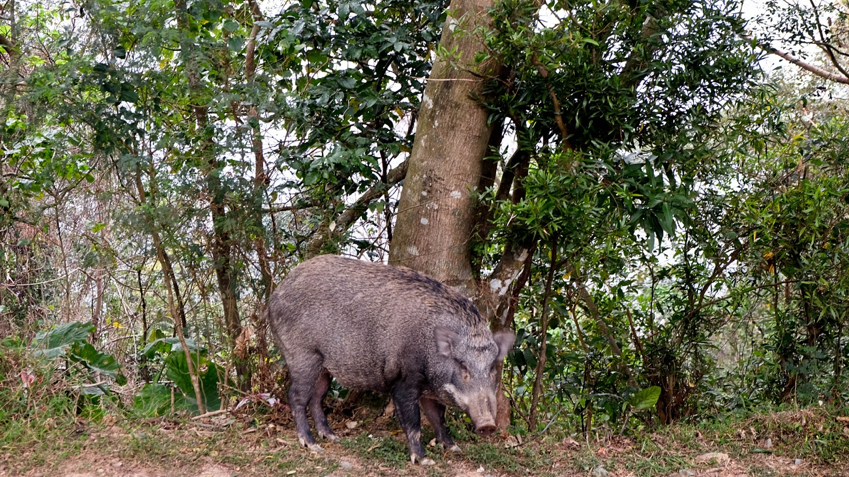
A wild boar. /VCG Photo
Because of the way urban areas are built on hills, wild boars can easily roam to Hong Kong's residential areas and roads seeking food. Food supply from the animal feeders makes the urban area an appealing place, resulting in the surge of boars wandering in metro stations and shopping malls. When they're found to be lost, these boars are usually tranquilized and sent back to the wild.
Barking deer
Native to India, southeast Asia and southern China, barking deer are the most widespread but least known mammal in these regions. Known for their dog-like hoarse barking when they are in danger or during mating seasons, they are the only deer species with obvious facial scent glands used to mark territories.
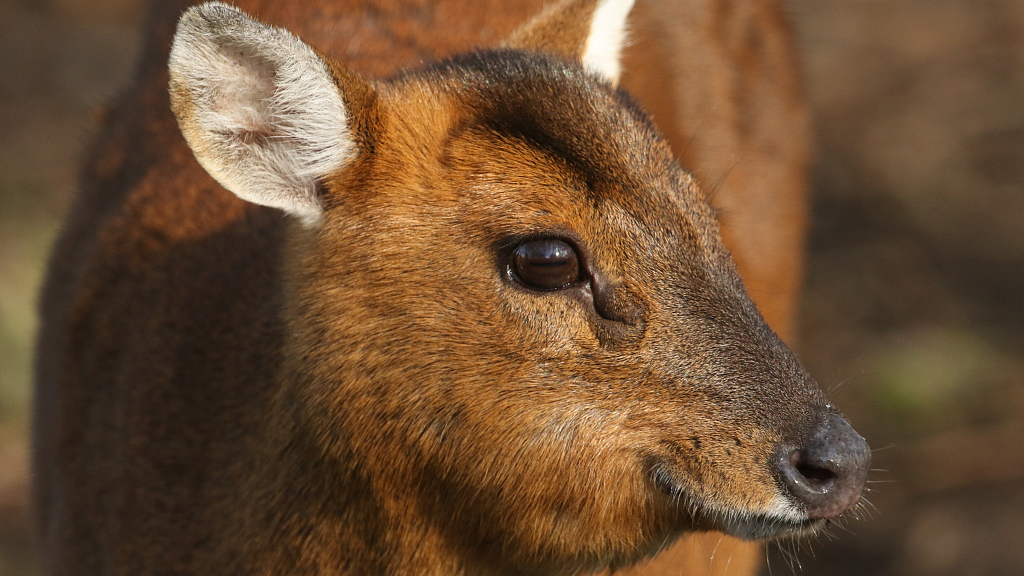
Close-up of barking deer. /VCG Photo
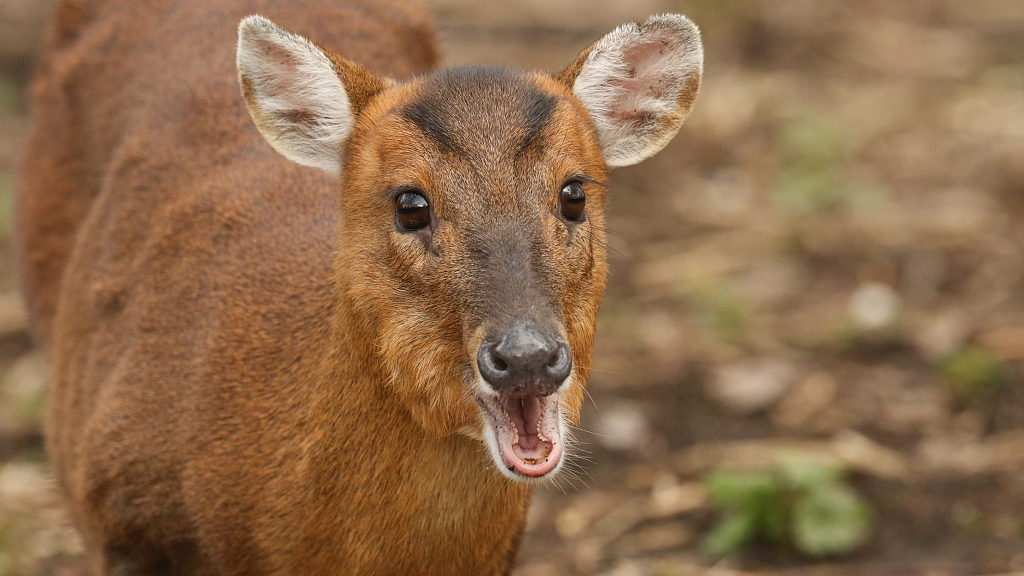
Ready to bark. /VCG Photo
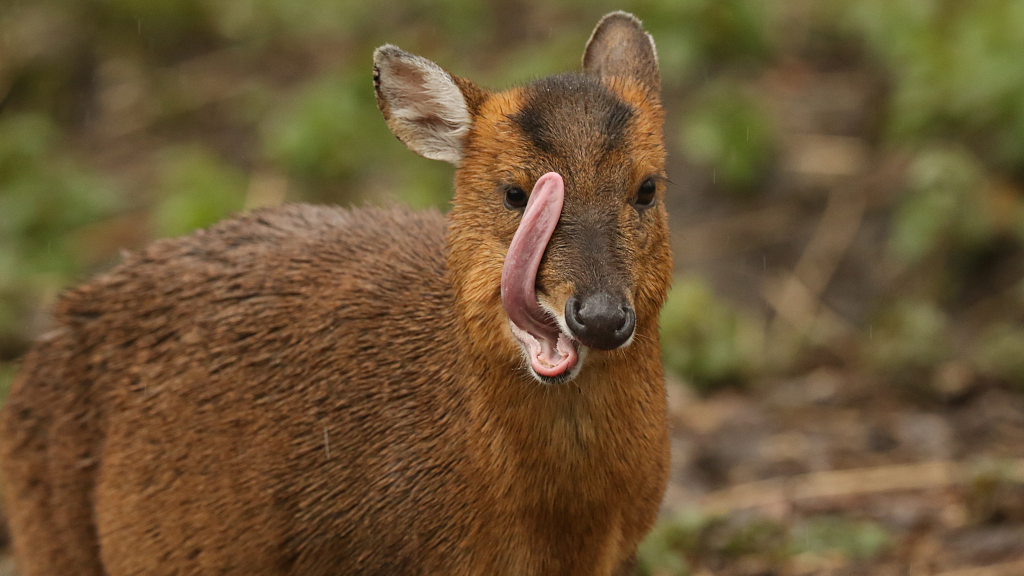
A barking deer. /VCG Photo
Solitary and active at night, they have become especially wary of humans as their habitats are close to urban areas. Therefore, areas such as Lantau Island, have a higher chance of residents hearing strange barking at night.
Black kite
Soaring and gliding with their meter-and-a-half wingspans and recognizable forked tails, these brown raptors are often spotted circling through the skyscrapers alongside Victoria Harbor. They are opportunist hunters who often eat carrion, tiny live prey and dead fish from the water.
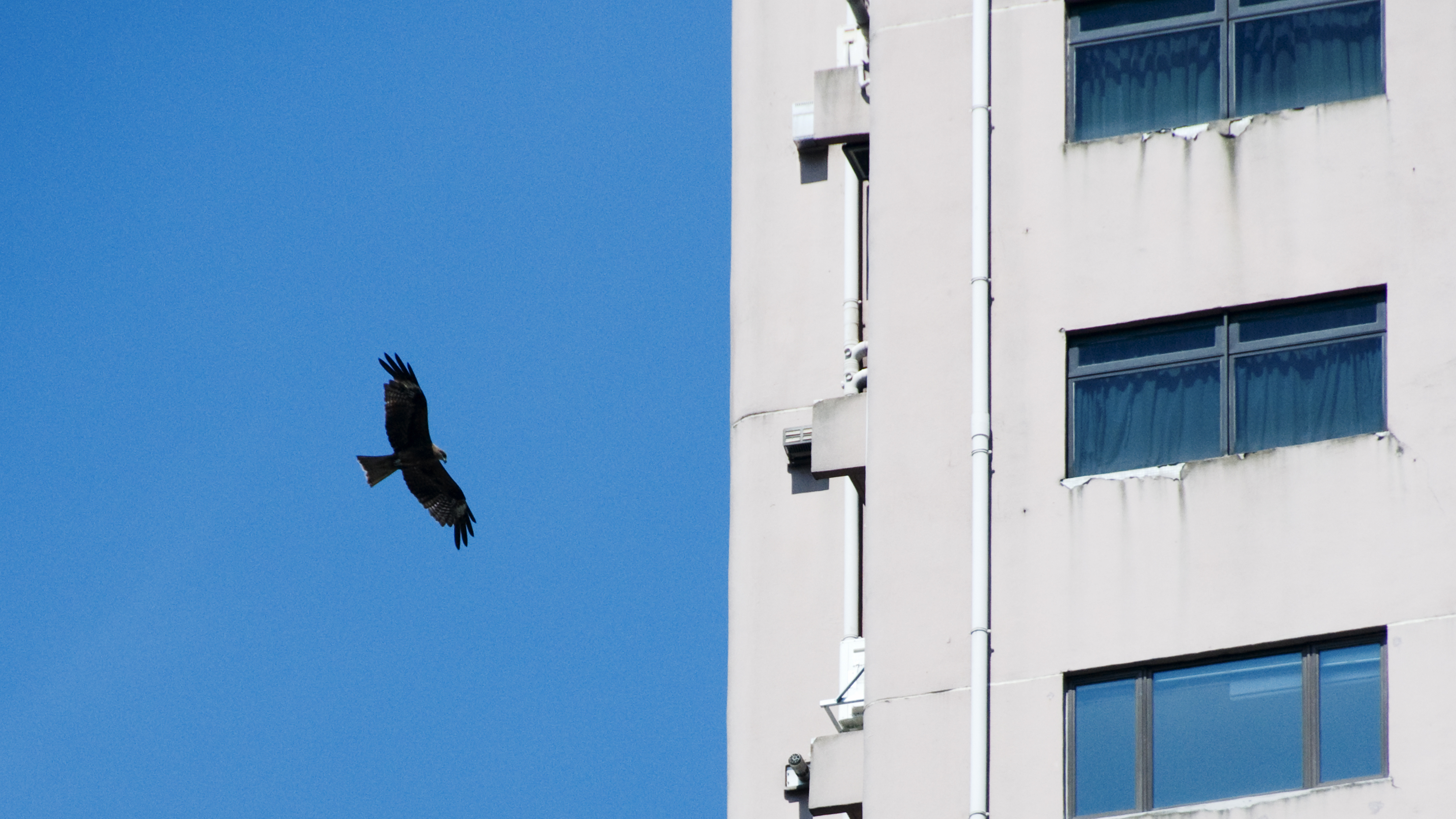
Soaring through city buildings. /VCG Photo
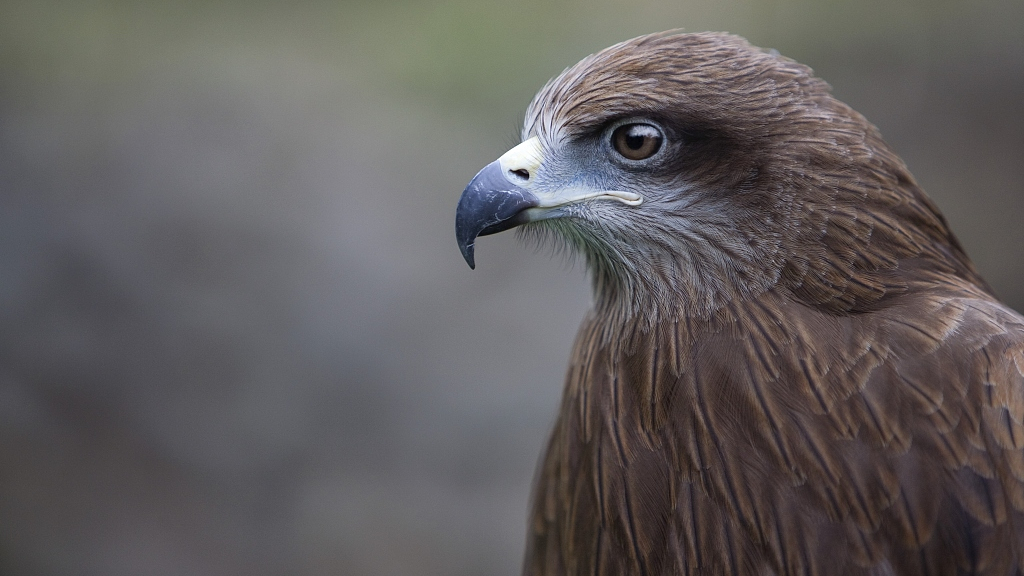
Close-up of a black kite. /VCG Photo
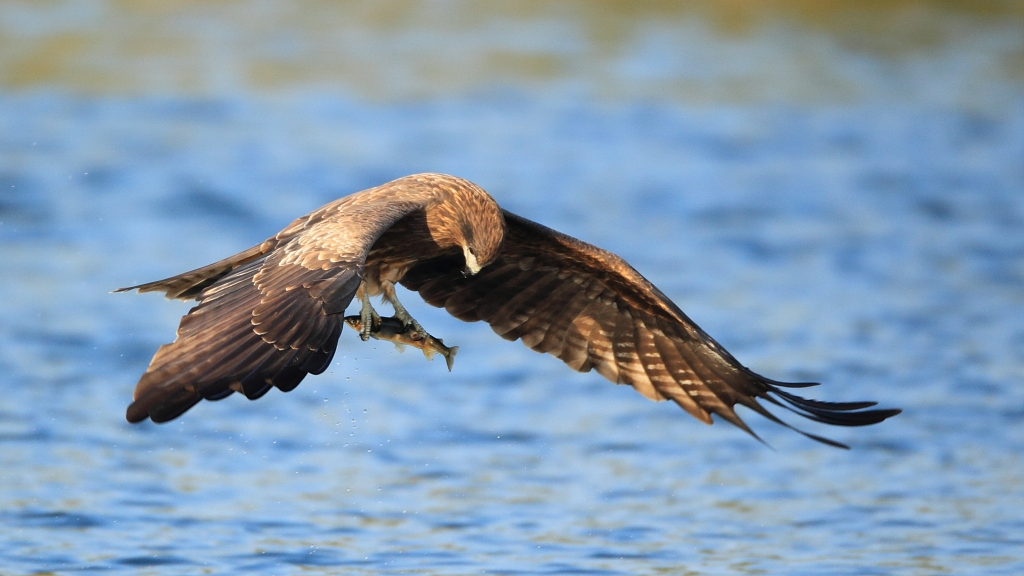
Ready to hunt. /VCG Photo
Although the species is quite common, numbering nearly six million, it is fascinating to see them adapting so well in a jungle of high-rises as they glide freely, yet keep just enough distance from human beings. Hong Kong’s kite population fluctuates every year but when winter comes, up to 1,500 can inhabit the city, making it a perfect spot to watch black kites.
Buffalo and cattle
Hong Kong is home to over 1,000 stray buffalo and cattle which bear witness to its rural heritage decades ago. These old time livestock are now abandoned and currently under government protection where they are tagged and managed by a specific department. Since then, the population has seen an annual growth of 15 percent.
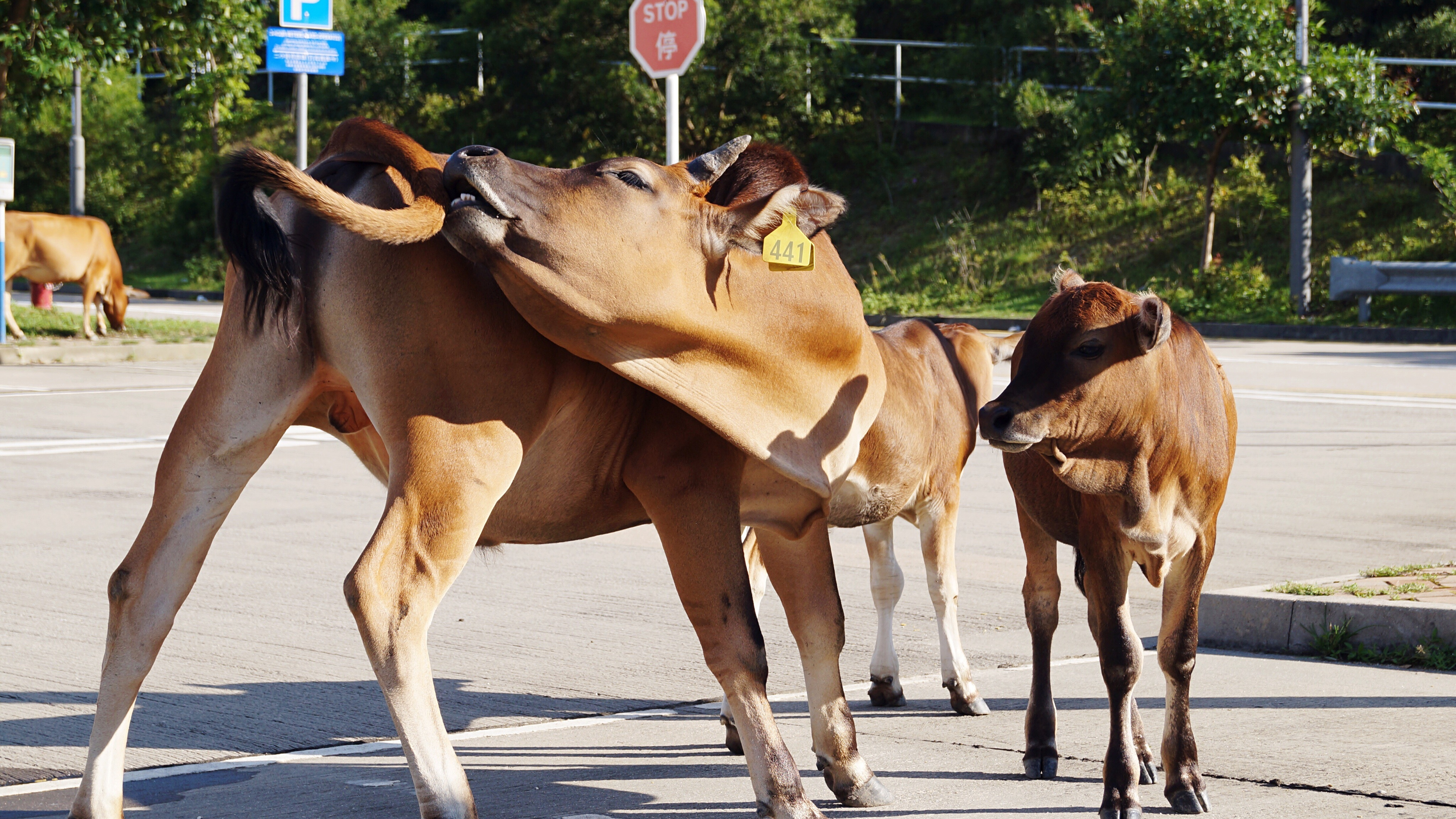
A group of cattle on highway. /VCG Photo
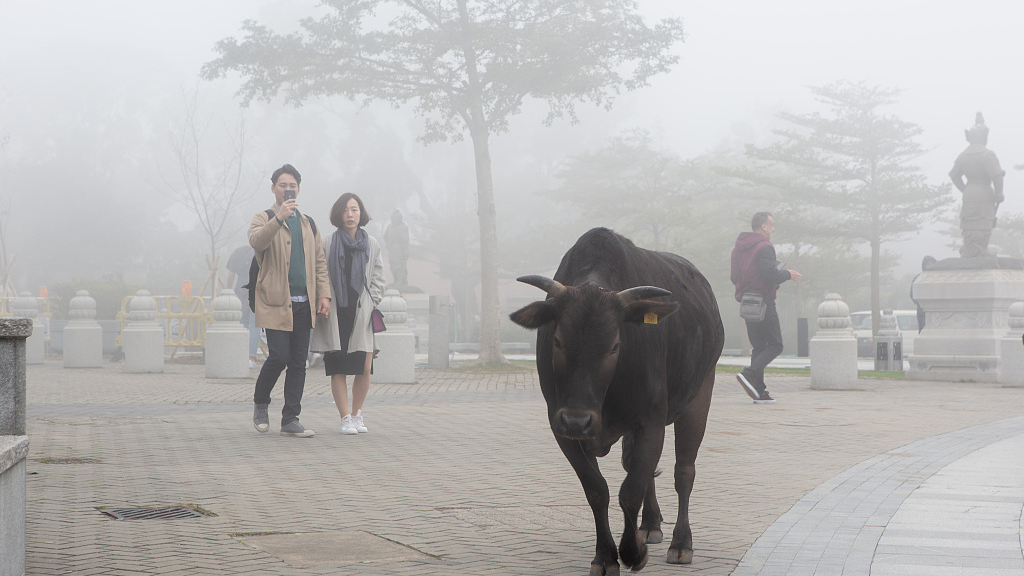
Walking in the morning fog. /VCG Photo
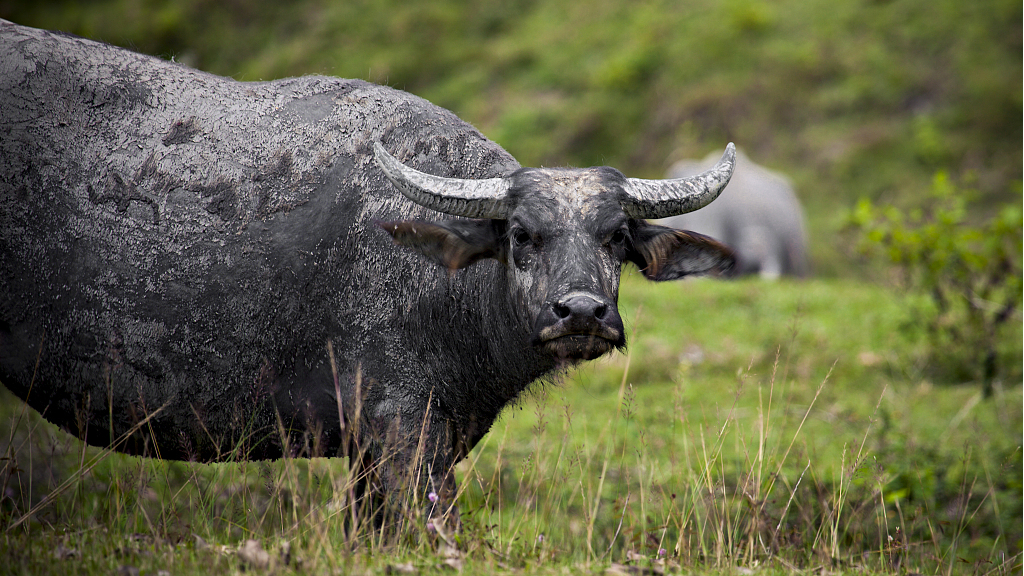
A buffalo. /VCG Photo
Although most of these wild animals live deep in the countryside where farming areas and grasslands are abundant, quite a number of them are found wandering in a herd of around 20 in highways and residential areas. In fact, earlier this year, there were several incidents of wild cows entering a supermarket in Lantau Island looking for food.
(Cover image via VCG.)
(If you want to contribute and have specific expertise, please contact us at nature@cgtn.com)

Copyright © 2018 CGTN. Beijing ICP prepared NO.16065310-3
Copyright © 2018 CGTN. Beijing ICP prepared NO.16065310-3